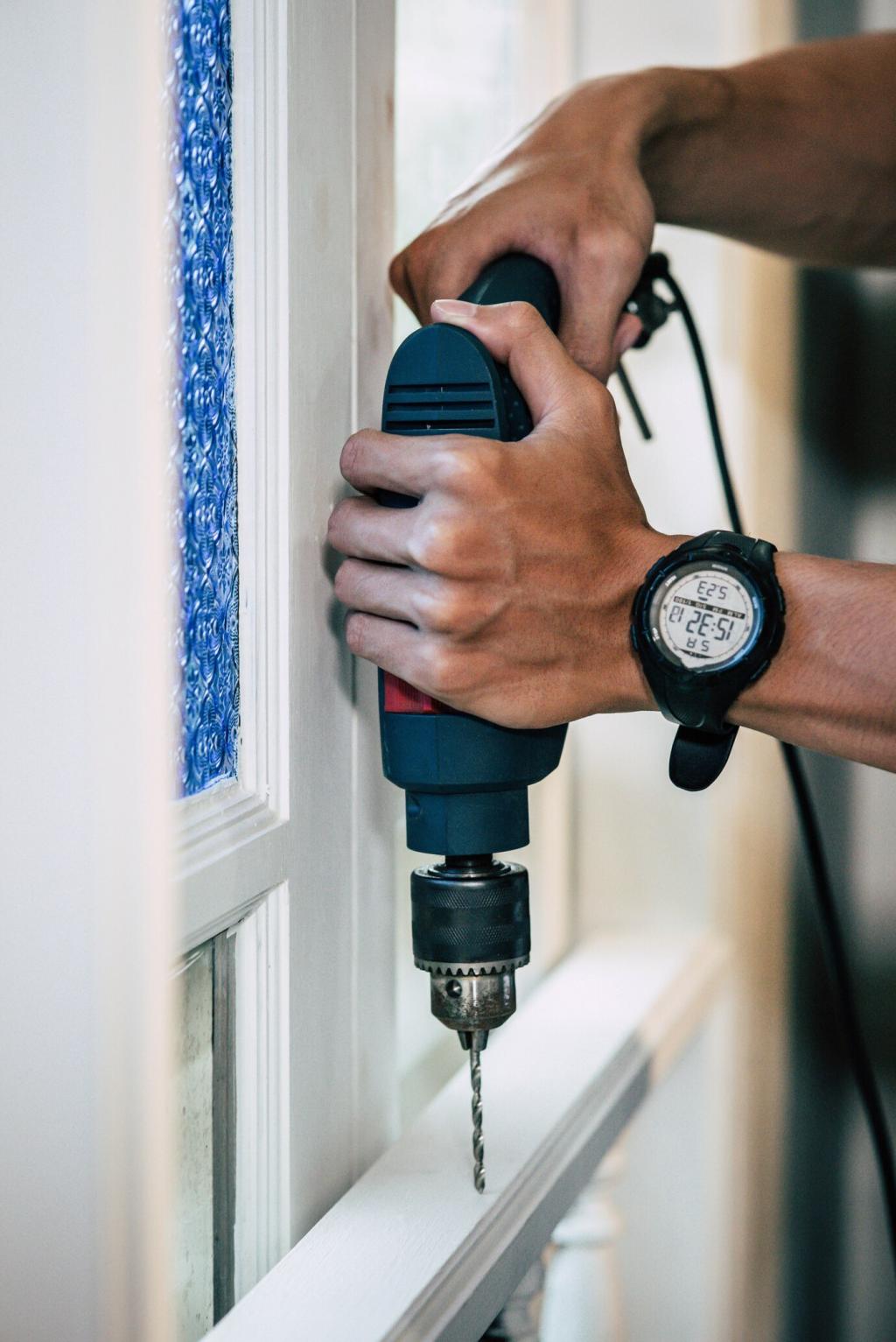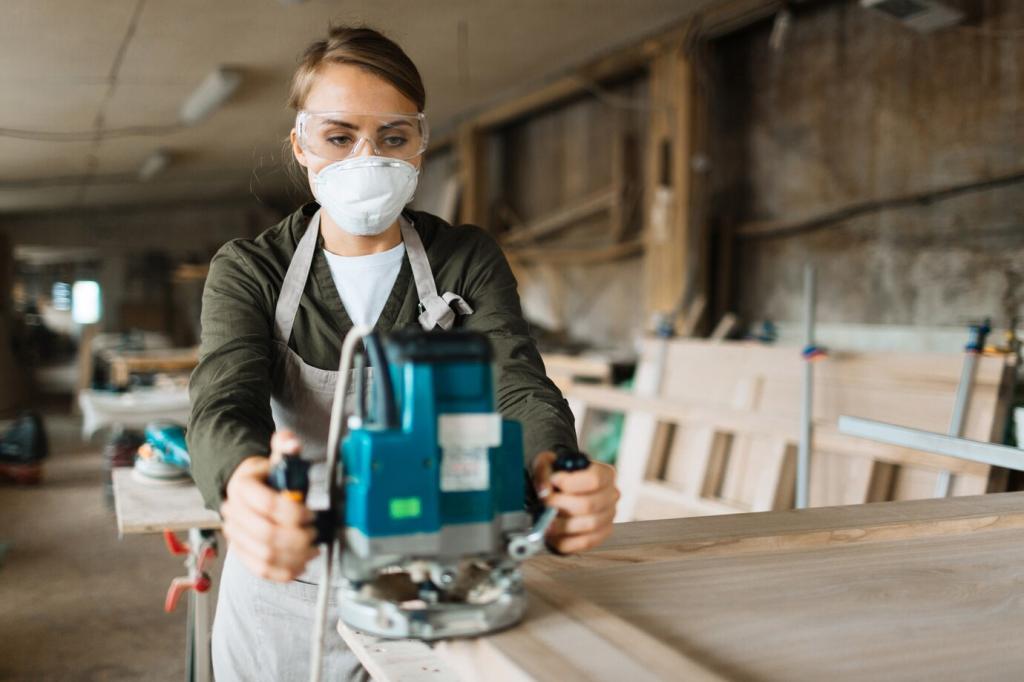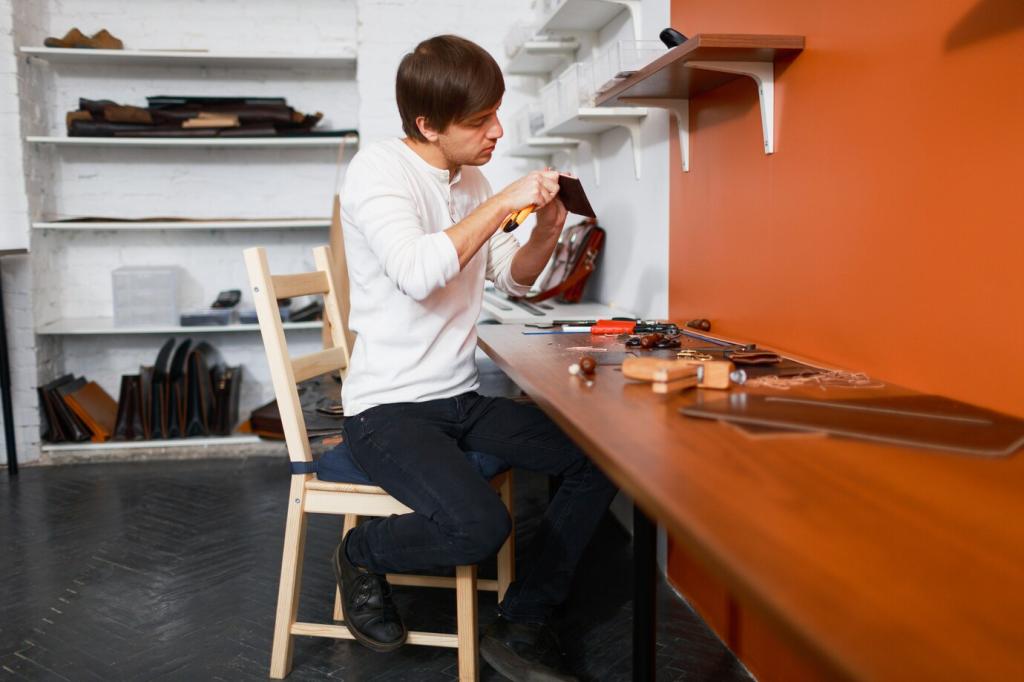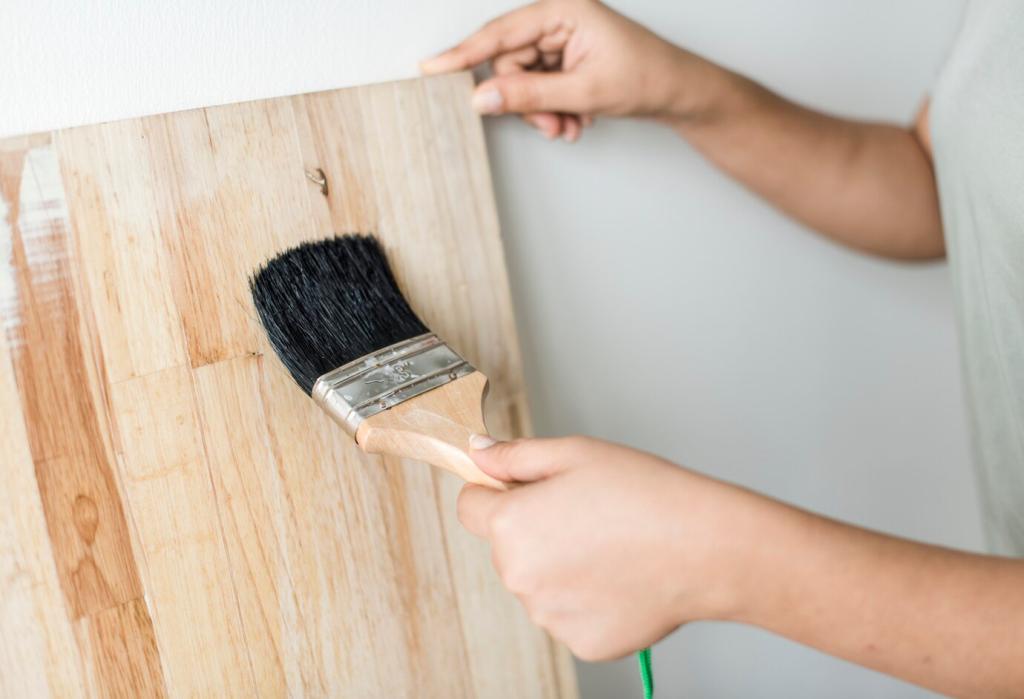
Smart Maintenance Tips for Contemporary Furniture
Keeping your contemporary furniture looking new and functioning optimally requires the right balance of preventive care and targeted maintenance techniques. Modern designs often incorporate unique materials and finishes that need special attention, making it essential to tailor your approach for each piece. By understanding the specific needs of your contemporary furniture, you can extend its lifespan, enhance its appearance, and enjoy lasting comfort and style in your living or workspace.
Understanding Modern Furniture Materials
01
Contemporary furniture often features glass or glossy laminate finishes that amplify light and create a stylish, modern look. These surfaces, while beautiful, are susceptible to smudges, fingerprints, and scratches. To maintain their pristine appearance, it is crucial to clean them regularly with non-abrasive, streak-free cleaners tailored specifically for glass or polish. Avoid using harsh chemicals or rough cleaning tools that can scratch or cloud the surface. Be mindful of what you place directly on these surfaces to prevent etching or permanent marks, and always opt for soft placemats, coasters, or felt pads as protective barriers.
02
Metal accents and chrome finishes bring a sharp, industrial edge to contemporary furniture but require careful upkeep to maintain their luster. Metal can tarnish, rust, or become dull if exposed to excessive moisture or harsh chemicals. Using a microfiber cloth for regular dusting keeps dust and debris from dulling the finish. When deeper cleaning is necessary, a solution of mild soap and water is effective, but be sure to fully dry surfaces afterward to prevent water spots or corrosion. Polishing with products formulated for metals can revive shine and reduce the appearance of fingerprints, preserving the bold character of these accents.
03
Engineered woods and unique veneers offer sustainability and strength, but they are not invincible. Engineered woods can warp or crack if subjected to sudden changes in humidity or excessive direct sunlight. Using furniture polish sparingly and choosing products recommended by the manufacturer ensures the longevity of the finish. It’s important to keep these surfaces free from standing water and to use soft cloths for cleaning, minimizing the risk of scratching delicate grain patterns. Consistent monitoring for chips or peeling edges enables prompt repair, preventing further damage and keeping these materials looking their best.

Safe Cleaning for Upholstery
Contemporary upholstered pieces often feature design-forward fabrics or synthetic leather that can be sensitive to conventional cleaning agents. Regular vacuuming with an upholstery attachment removes surface dust and prevents it from settling deep into the fibers. Spot cleaning spills as soon as they occur with a gentle fabric cleaner prevents staining and color fading. Always test cleaning solutions on an inconspicuous area first to ensure compatibility. Avoid soaking the upholstery, as excess moisture can lead to mold growth or fiber deterioration. Scheduled steam cleaning by professionals can rejuvenate fabric without risking the integrity of delicate materials.
Protecting Matt Surfaces and Textures
Matte finishes, popular in contemporary furniture, diffuse light softly and hide fingerprints but can highlight streaks and scratches if cleaned improperly. Dust with a soft, dry microfiber cloth on a weekly basis to maintain texture and prevent debris from embedding in the surface. For deeper cleaning, use a damp cloth slightly moistened with water, avoiding all-purpose sprays that may leave residue or shine. It’s best to steer clear of abrasive sponges or scrubbing pads, which can permanently mar the delicate texture. Developing a consistent maintenance schedule is key for these subtle yet stylish surfaces.
Techniques for Durable Glass Cleaning
Glass tabletops, shelves, or cabinet doors are showpieces in many modern interiors, but keeping them spotless is a recurring challenge. Begin by removing dust and loose debris with a soft brush or microfiber cloth to prevent scratching during cleaning. Apply a specialized glass cleaner or a mix of distilled water and white vinegar, buffing gently in circular motions. Dry immediately with a lint-free cloth to avoid streaks. For stubborn grime, a gentle plastic scraper can be used, but always avoid metallic tools that may etch the surface. Regularly tending to these areas prevents buildup and makes daily care considerably easier.
Preventing Everyday Wear and Tear
Sunlight and Temperature Control
Exposure to direct sunlight or extreme temperature fluctuations can wreak havoc on contemporary materials, causing fading, discoloration, or warping. Position your furniture away from harsh, direct sunlight to limit UV damage, or install protective window treatments such as blinds or UV-filtering films. If exposure is unavoidable, rotate pieces periodically to ensure even fading. For materials sensitive to heat, maintain a consistent indoor temperature and use barriers to distribute heat evenly, protecting both the finish and the durability of your favorite pieces.


Managing Spills and Stains Proactively
Spills and stains are almost inevitable in busy modern spaces, but quick and appropriate responses can prevent permanent damage. Equip yourself with knowledge of which cleaning solutions are safe for each furniture type before accidents happen. Blot spills immediately with a clean, absorbent cloth—never rub, as this can push stains deeper. Use specially formulated stain removers where applicable, but always check manufacturer guidelines to avoid voiding warranties. Setting house rules for food and drink use around delicate pieces also minimizes the chance of accidents.
